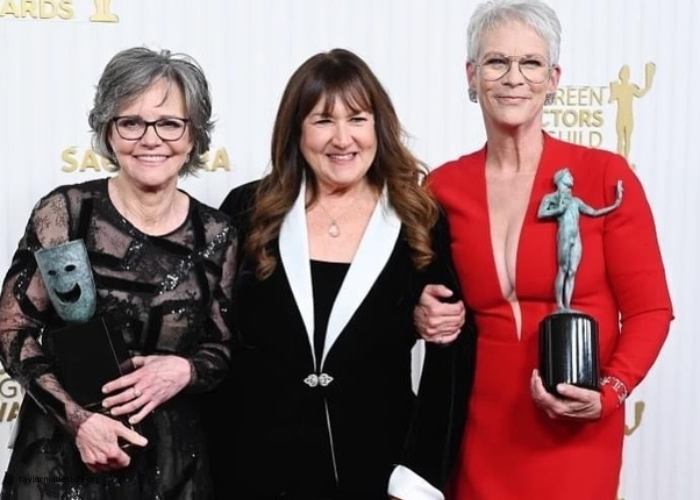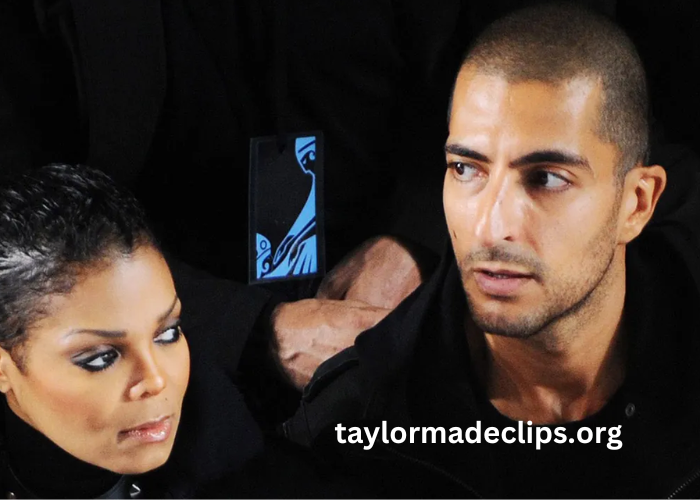When people think of Hollywood, they often envision the glitz and glamour of red carpets, the captivating performances of A-list actors, and the larger-than-life directors who bring stories to the silver screen. However, behind every iconic film lies a team of dedicated professionals whose work is essential to the magic of cinema. These unsung heroes of Hollywood—the crew behind the scenes—are the lifeblood of the industry, working tirelessly to transform scripts into captivating visual experiences. Without them, the movies we love would not be possible. This article pays tribute to these professionals, exploring their roles, contributions, and the vital importance of their work in the film industry.
The Backbone of Film Production
In the world of filmmaking, the crew is often considered the backbone of production. They are the ones who lay the groundwork for the stories we see on screen, meticulously planning every detail to ensure a smooth and efficient shoot. From pre-production to post-production, these individuals dedicate countless hours to crafting the perfect cinematic experience.
Producers are among the first to be involved in any film project. They are responsible for overseeing all aspects of production, from securing funding to hiring key personnel. Producers play a crucial role in the early stages of a film, as they decide on the story to be told and work to assemble a team that will bring that vision to life. Without producers, films would never move beyond the conceptual phase.
Script supervisors, often referred to as continuity supervisors, are tasked with maintaining consistency throughout the shoot. Their job is to ensure that every detail, from an actor’s position in a scene to the placement of props, remains consistent across takes. This role is vital for maintaining the visual and narrative continuity of the film, preventing any jarring inconsistencies that could break the audience’s immersion.
The Visual Wizards: Cinematographers and Lighting Technicians
One of the most important aspects of filmmaking is the visual presentation, which is largely dictated by the cinematographer, also known as the director of photography (DP). The DP is responsible for translating the director’s vision into images, deciding on the best camera angles, lighting setups, and shot compositions to tell the story effectively. Cinematographers must have a keen eye for detail and a deep understanding of visual storytelling, as their work is instrumental in setting the tone and mood of a film.
Supporting the cinematographer are the lighting technicians, whose expertise in lighting is essential for creating the desired atmosphere of each scene. Whether it’s the warm, inviting glow of a romantic sunset or the harsh, eerie light of a suspenseful night scene, lighting technicians use a variety of tools and techniques to shape the visual aesthetics of a film. Their work goes beyond simply illuminating a scene; it involves manipulating shadows, textures, and colors to enhance the emotional impact of the narrative.
The Soundscape Architects: Sound Designers and Foley Artists
While visuals are a major component of film, sound plays an equally important role in immersing audiences in the story. Sound designers are responsible for creating the auditory world of a film, from the ambient sounds that set the scene to the specific sound effects that heighten the drama. They work closely with directors and editors to ensure that the sound complements the visual elements and enhances the overall experience.
Equally important are the Foley artists, who specialize in creating everyday sound effects that are added during post-production. These artists use a variety of props and techniques to recreate sounds that may not have been captured during filming, such as footsteps, door creaks, or the rustling of fabric. Foley work is an art form in itself, requiring creativity and precision to produce realistic and convincing sounds that seamlessly blend into the film’s soundscape.
The Masters of Make-Believe: Makeup Artists and Costume Designers
Bringing characters to life on screen requires more than just skilled acting—it also requires the work of talented makeup artists and costume designers. Makeup artists are responsible for the appearance of actors, using their skills to transform them into their characters. Whether it’s creating a natural look, applying prosthetics for special effects, or aging a character with makeup, these artists are crucial in helping actors embody their roles.
Costume designers play a similarly vital role by designing and selecting the clothing and accessories worn by characters. A well-designed costume not only reflects the character’s personality and status but also helps establish the film’s setting and time period. Costume designers must have a deep understanding of fashion history, textiles, and color theory to create outfits that are both visually appealing and appropriate for the narrative.
The Storytellers of Motion: Editors and Visual Effects Artists
Once filming is complete, the task of assembling the final product falls to the editors. Editors work closely with directors to piece together the footage, selecting the best takes, arranging scenes, and pacing the narrative to create a cohesive and engaging story. The editing process is often described as a form of storytelling in its own right, as the choices made in the editing room can dramatically affect the film’s tone, rhythm, and emotional impact.
In today’s digital age, visual effects (VFX) artists have become indispensable to the filmmaking process. These artists use advanced computer software to create and integrate special effects that would be impossible or impractical to achieve during filming. Whether it’s crafting fantastical worlds, simulating explosions, or creating lifelike creatures, VFX artists push the boundaries of what’s possible on screen, adding a layer of magic to the cinematic experience.
The Unsung Heroes: Acknowledging the Crew
Despite their critical roles, the contributions of the crew are often overshadowed by the more visible aspects of filmmaking. The actors, directors, and producers receive much of the credit and acclaim, while the crew works tirelessly behind the scenes, often without recognition. However, without the expertise and dedication of these professionals, movies would not have the depth, polish, or emotional resonance that audiences have come to expect.
The work of the crew extends beyond the technical aspects of filmmaking; it involves a deep understanding of storytelling, collaboration, and problem-solving. Every member of the crew, from the camera operators and sound engineers to the set designers and stunt coordinators, plays a crucial part in bringing a film to life. They are the ones who turn a director’s vision into reality, creating the worlds that audiences get lost in and the moments that leave a lasting impact.
Conclusion: Celebrating the Invisible Architects of Cinema
The magic of cinema is a collaborative effort, one that relies on the talents and hard work of countless individuals who often go unnoticed. The crew behind the scenes are the true architects of film, the invisible hands that craft the stories we cherish and remember. As audiences, it’s important to recognize and appreciate their contributions, understanding that every great film is the result of a collective effort—a team of unsung heroes working tirelessly to create something extraordinary.
In celebrating these behind-the-scenes professionals, we not only honor their work but also acknowledge the complexity and artistry involved in filmmaking. Hollywood’s unsung heroes remind us that cinema is more than just entertainment; it’s a collaborative art form that brings together a diverse group of creative minds to tell stories that resonate with audiences around the world. So, the next time you watch a film, take a moment to appreciate the crew—those hidden artists who make the magic happen.




